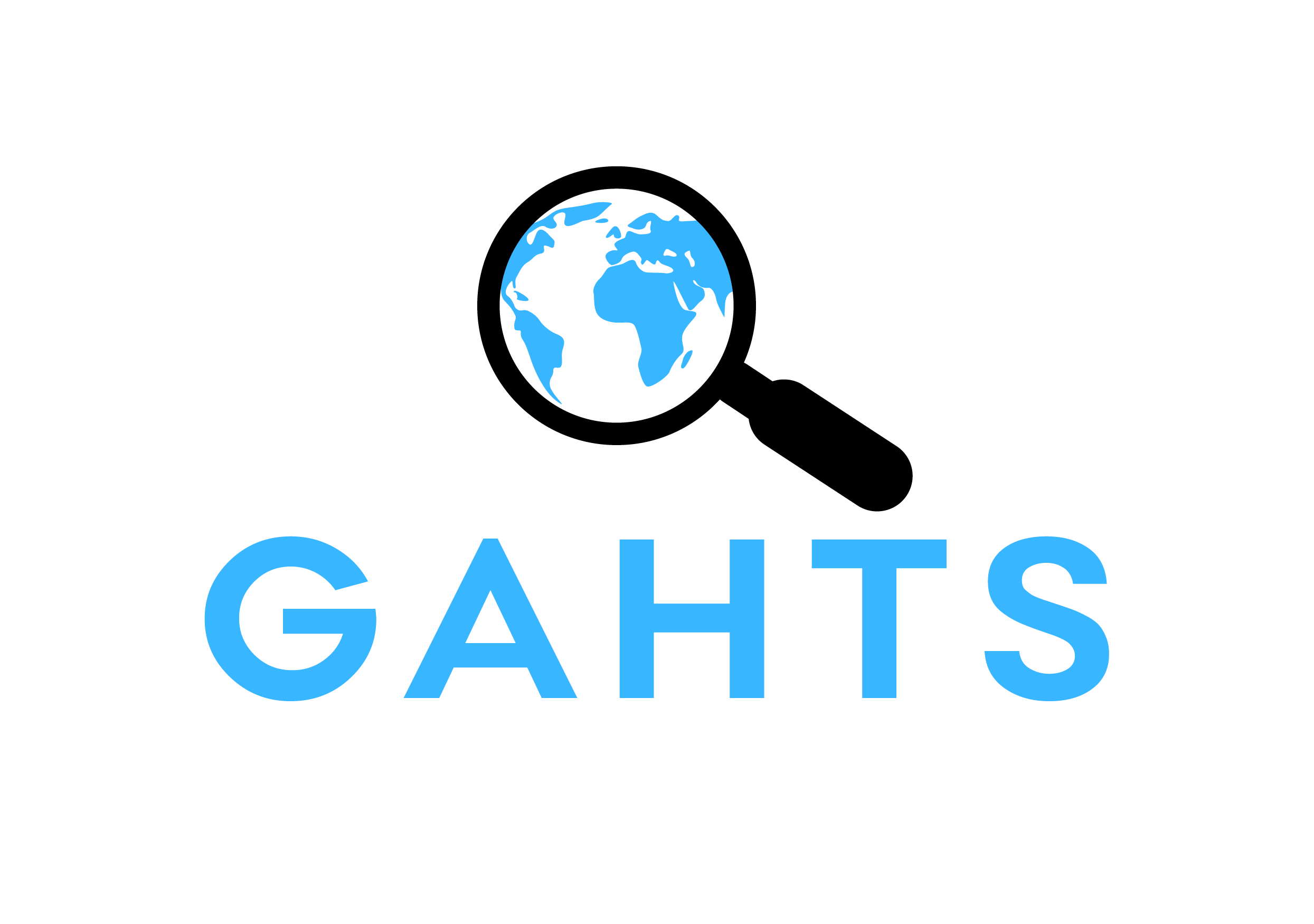How do providers assess young people for risk of sex trafficking? Observed indicators, follow-up, and assessment questions from a sample of social service providers
Author: Gerassi, Lara; Cruys, Caro; Hendry, Nicole & del Carmen Rosales, Maria
Abstract: The extent to which service providers across systems identify and assess potentially sex trafficked youth is understudied. The purpose of this study is to determine whether and how providers observe relevant indicators and assess for sex trafficking risk among minors (ages 12–17), young adults (ages 18–29), and families of minors. A cross-sectional, web-based survey was disseminated to service providers, who represented child welfare, youth justice, and social services (e.g. runaway youth, sexual violence), in a region of a Midwestern state (United States). Participants (N = 267) were asked whether they provided direct services to minors (ages 12–17, n = 245), adults (ages 18–29, n = 148), and/or families/foster families of minors (ages 12–17, n = 163), resulting in three respective client groups. Survey items assessed the extent to which providers (1) identified possible sex trafficking indicators across 5 domains; (2) took follow up actions; and (3) asked risk assessment questions. T-tests were conducted to examine differences between those who reported receiving sex trafficking trainings, compared to those who did not. Results suggest that the most commonly identified indicators included depressive symptoms, shame and guilt, lack of social support. Least common indicators included torture, false IDs, hotel involvement. A third of minor-aged providers did not ask sex trafficking risk assessment questions. Providers reported asking fewer clients about online sex trading than in-person forms. There were statistically significant differences among providers who received training. Implications, including provider strategies for assessing online sex trading and organizational protocols to enhance sex trafficking identification, are discussed.
Keywords: sex trafficking, sex trafficking indicators, sex trafficking screening, assessments, service providers
